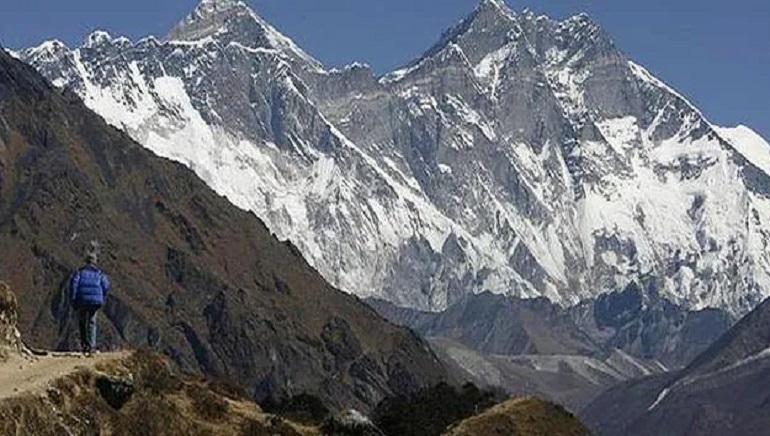About 27 metric tonnes of ice and snow melt in the Himalayas was prevented by the Indian national lockdown, in place from March 25, 2020, to May 31, 2020, according to a new study.
Reduced anthropogenic pollutant emissions during the 2020 COVID-19 lockdowns decreased snowmelt in the Himalayas, the study published in Proceedings of the National Academy of Sciences (PNAS) Nexus said.
Liqiang Zhang from Beijing Normal University, China, and colleagues explored how the sudden, dramatic reduction in particulate pollution in the region affected snow and ice melt, using multiple satellite data as well as a coupled atmosphere-chemistry-snow model.
The researchers estimate that the reduced anthropogenic pollutant emissions during the Indian lockdown was responsible for 71.6 percent of the reduction in radiative forcing on snow in April 2020 compared to the same period in 2019. This cut in radiative forcing may have avoided 27 tonnes in ice and snow melt.
Snow and ice on the Tibetan plateau act as a water source for over 20 percent of the global population. However, ice and snow in the Himalayas have been melting at an accelerating rate in recent decades. While the prime reason for this melting is suggested to be climate change, air pollution also plays a role, as the dark particles of dust and soot that fall on frozen surfaces absorb solar energy and melt the nearby snow and ice.















